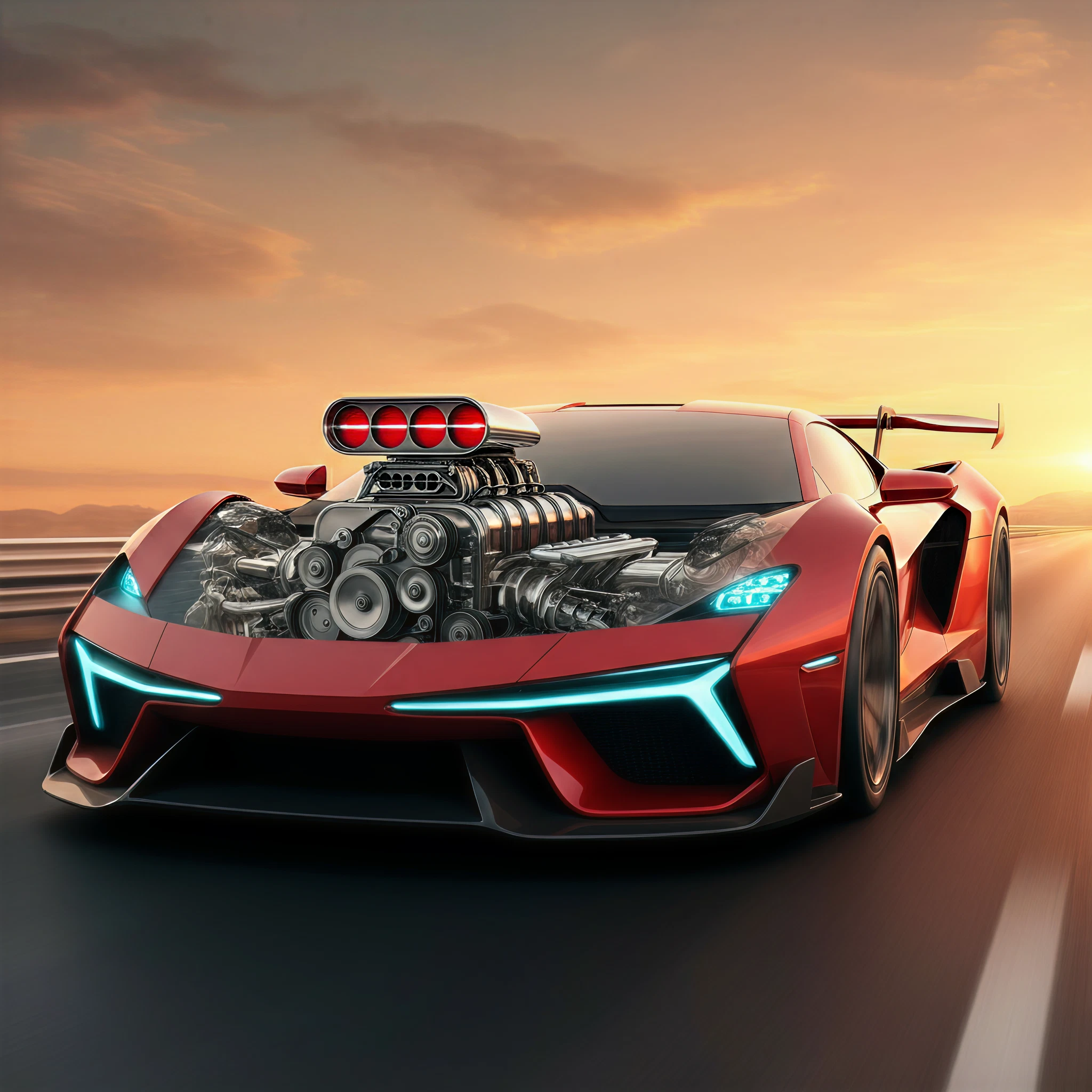For anyone passionate about cars, understanding torque and its influence on performance is key to appreciating what makes vehicles perform the way they do. Whether you’re a car enthusiast, a mechanic, or an engineering student, knowing how torque works will give you greater insights into automotive design and performance.
Let’s deep-dive into the concept of torque, exploring its relation to acceleration, engine types, and modern technologies.
What is Torque in Cars?
Torque, simply put, is the rotational force that allows a car’s wheels to turn. Imagine using a wrench to tighten a bolt—that spinning force you apply is similar to torque in your car’s engine. It is measured in units such as pound-feet (lb-ft) or Newton-meters (Nm), depending on your region.
When examining torque in a vehicle, the focus is typically on the car’s engine and its capacity to generate this rotational force, which ultimately translates into speed and power on the road.
How is Torque Measured?
Torque is determined at the crankshaft of a combustion engine, or the corresponding component in electric and hybrid engines. For example, 300 lb-ft of torque means that if a force of 300 pounds is applied at a point one foot away from the axis of rotation, it produces this measurement of torque.
How Torque Impacts Your Car’s Performance
Torque has a direct influence on a car’s acceleration and ability to perform. It’s especially critical when:
- Starting from a standstill
- Towing or carrying heavy loads
- Cruising at consistent speeds
A car with higher torque accelerates faster, particularly at low speeds. This is particularly noticeable when vehicles are getting off the mark. SUVs, for example, require higher torque to get moving due to their weight.
For performance enthusiasts, this link between torque and acceleration is a factor that greatly impacts their driving experience.
Torque vs. Horsepower
Torque and horsepower are often used interchangeably, but they measure different aspects of a car’s performance. Here’s how they differ:
- Torque is rotational force, critical for acceleration and towing capacity.
- Horsepower is the rate at which work is done, determining a vehicle’s top speed.
The two are closely related. Horsepower is derived from torque based on engine speed (RPM). While torque provides the immediate “push,” horsepower ensures sustained speed. Think of torque as the car’s strength and horsepower as its stamina.
Comparing Torque Across Engine Types
Torque output varies greatly between different types of engines, each catering to specific driving needs.
Gasoline Engines:
- Produce less torque at low revs.
- Focus on revving higher for peak performance.
- Better suited for high-speed performance cars.
Diesel Engines:
- Generate higher torque at lower RPMs.
- Ideal for heavy vehicles like trucks or SUVs needing to pull heavy loads.
- Known for better fuel efficiency in such scenarios.
Electric Motors:
- Provide maximum torque from 0 RPM.
- Exceptional for instant acceleration.
- Widely used in vehicles built for efficiency and rapid responsiveness (e.g., Tesla).
Each type of engine offers a unique driving experience influenced by its torque characteristics.
The Role of Torque Curves
A torque curve illustrates how torque changes across an engine’s RPM range. A flatter torque curve means the engine delivers consistent rotational force, making for a smoother and more versatile driving experience. This is why electric motors, which deliver instant and constant torque, are gaining popularity for everyday driving comfort and performance.
For sports cars, peak torque at higher revs results in thrilling bursts of power. Conversely, family SUVs and trucks benefit more from significant low-end torque for better handling of heavy loads.
Factors Affecting Torque in Cars
Several factors influence an engine’s ability to generate torque:
- Engine Size: Larger engines (e.g., V6 or V8 configurations) inherently produce more torque because they can burn larger amounts of fuel-air mixture.
- Gearing: Gear ratios, particularly in the transmission, can multiply torque to suit specific needs such as towing or top speed.
- Engine Tuning: Modifications, such as turbochargers or superchargers, can increase torque output by forcing more air into the engine for combustion.
Modern Technologies That Maximize Torque
Today, automotive advancements have revolutionized how torque is utilized for performance and efficiency. These include:
- Torque Vectoring: Redistributes torque to individual wheels to improve handling, especially during sharp turns.
- Electronic Torque Management: Found in hybrid and electric vehicles, optimizing wheel selection and engine performance to balance power seamlessly.
- Turbocharging & Supercharging: Enhances how much torque an engine can generate, particularly at different RPM ranges.
Torque and the Driving Experience
Ultimately, torque plays a critical role in the feel of your car. Vehicles with high torque allow you to accelerate effortlessly, tow heavier loads, or confidently cruise long stretches of highway. Understanding torque helps you choose a vehicle that best fits your driving style and performance needs.
For automotive enthusiasts, learning about torque takes you one step closer to mastering the science behind what makes your favorite cars so thrilling to drive.
Wrapping It Up
Torque is the unspoken hero of vehicle performance, influencing acceleration, towing power, and overall driving dynamics. Whether you’re choosing a family SUV, a sports car, or the latest electric vehicle, understanding torque gives you the knowledge to make informed decisions.
Want to explore more about automotive technology? Keep following our blogs for detailed guides and insights into what drives the automotive world forward!








